Indigenous Governance Database
Standing Rock Sioux Tribe

In Lakota Nation, people are asking: Who does a language belong to?
From NPR's "Code Switch" podcast episode page:Many Lakota people agree: It's imperative to revitalize the Lakota language. But how exactly to do that is a matter of broader debate. Should Lakota be codified and standardized to make learning it easier? Or should the language stay as it always has…
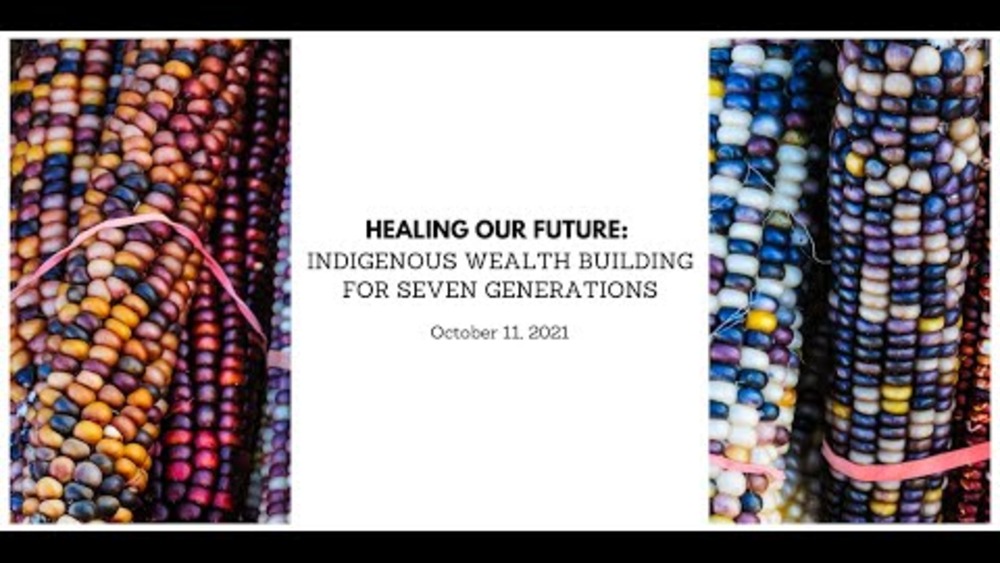
Healing Our Future: Indigenous Wealth Building for Seven Generations
What does an Indigenous approach to wealth look like? How can Indigenous wealth concepts help us heal our future? What are examples of wealth building happening in Indigenous communities? Native Governance Center's Indigenous Peoples' Day 2021 event, "Healing our future: Indigenous wealth…
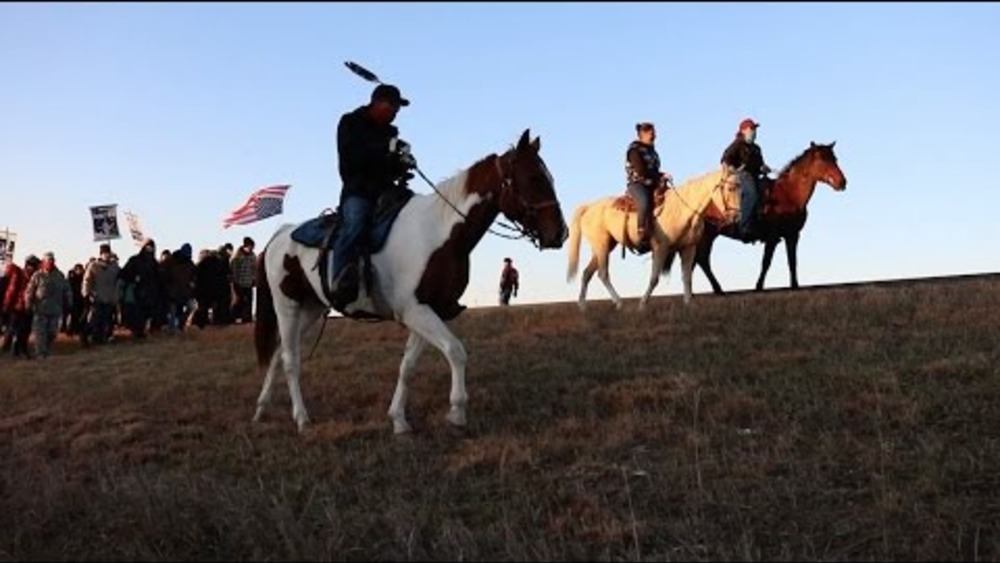
Water is Life video series Part 3 Mni Wiconi
The Native Nations Institute produced a three-part educational video series called, “Water is Life." The video series brings a Native nation building perspective to the conflict over the Dakota Access Pipeline and features interviews with LaDonna Brave Bull Allard, former tribal historic…
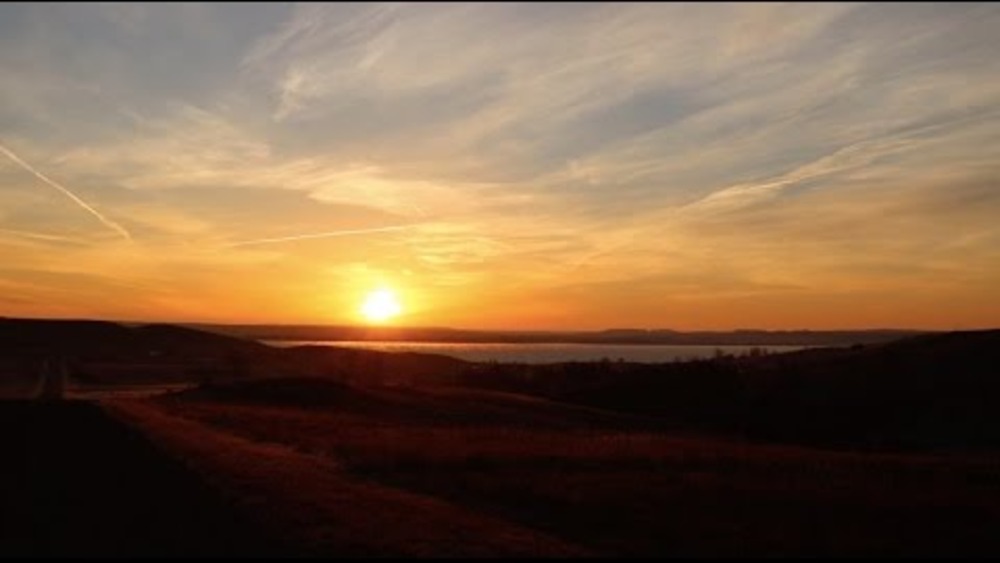
Water is Life video series Part 2 Oceti Sakowin
The Native Nations Institute produced a three-part educational video series called, “Water is Life." The video series brings a Native nation building perspective to the conflict over the Dakota Access Pipeline and features interviews with LaDonna Brave Bull Allard, former tribal historic…
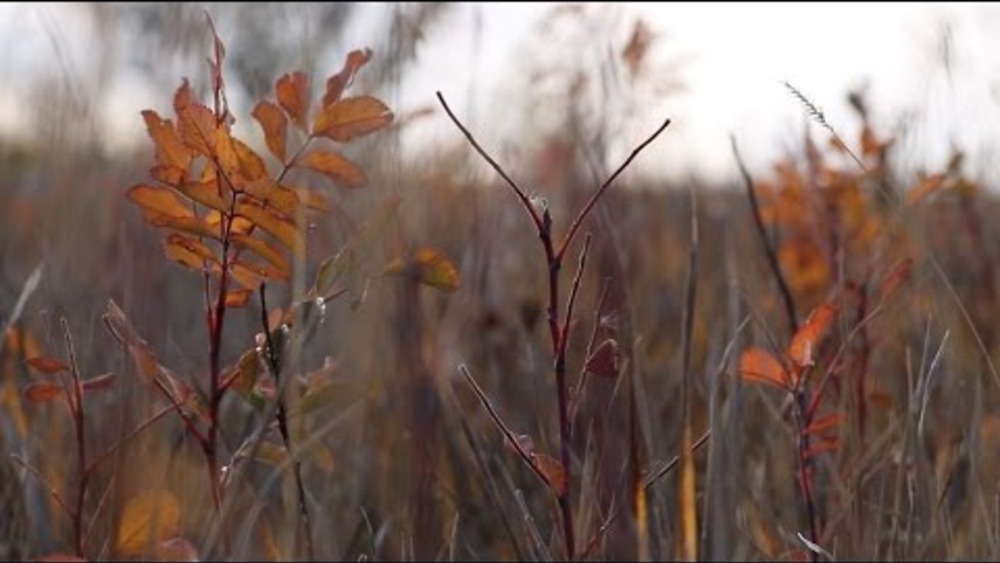
Water is Life video series Part 1 The Lakota and Dakota People
The Native Nations Institute produced a three-part educational video series called, “Water is Life." The video series brings a Native nation building perspective to the conflict over the Dakota Access Pipeline and features interviews with LaDonna Brave Bull Allard, former tribal historic…
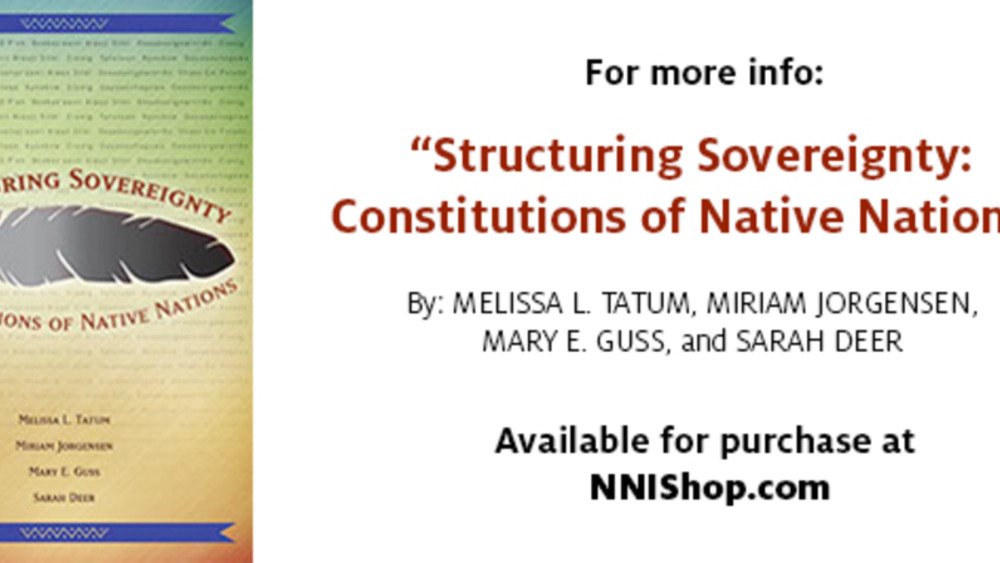
Standing Rock Sioux Tribe Constitution
Location: North and South Dakota Population: 16,000 of which 6400 live on the reservation Date of Constitution: 1959, as amended through 2008
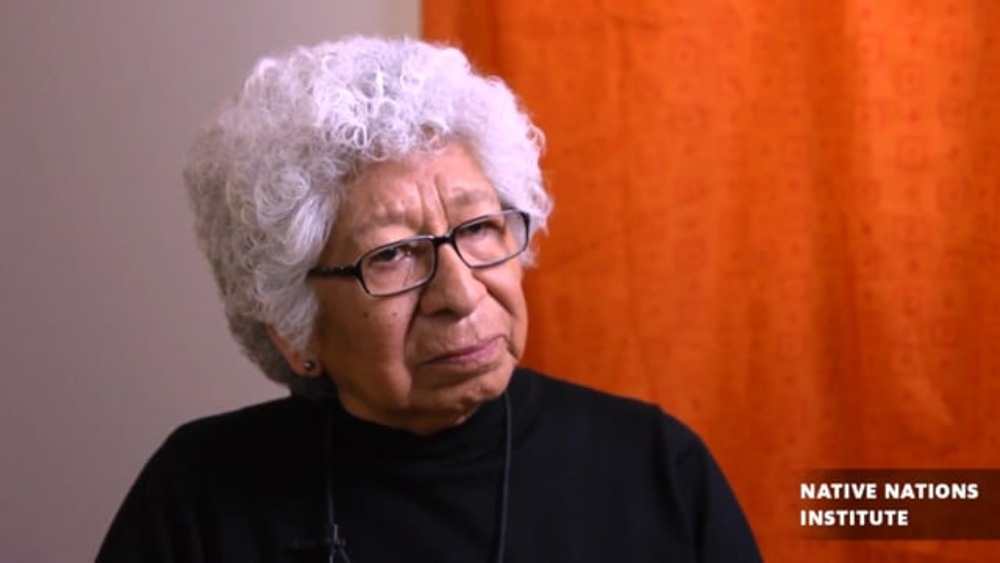
Verna Bailey: Making Self-Governance Work for Standing Rock
Former councilwoman Verna Bailey of the Standing Rock Sioux Tribe representing the Long Soldier District reveals the ins and outs of working with changes in a tribal council government. Her experiences offer insight into the history of self-governance for Standing Rock Sioux Tribe.
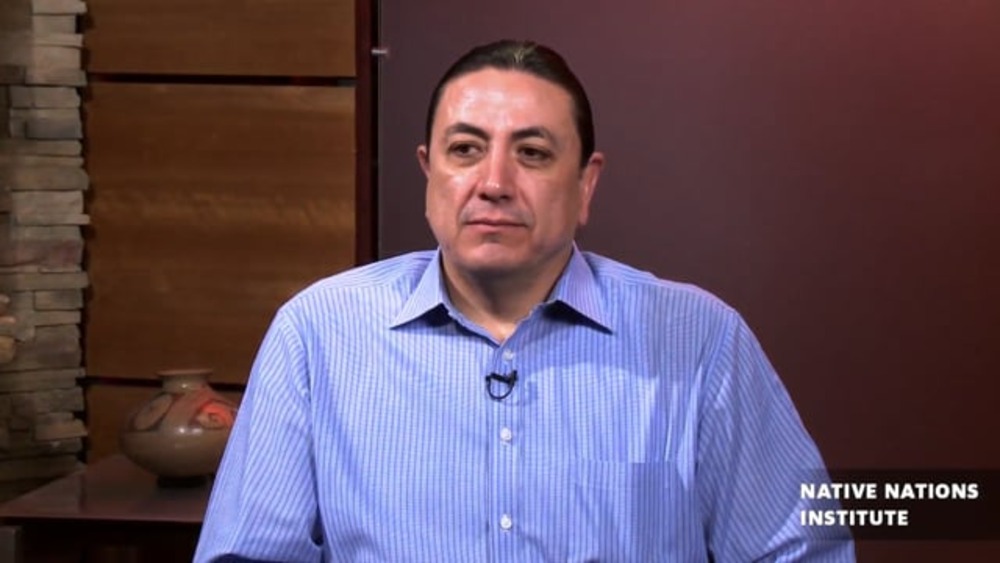
Chairman Dave Archambault II: Laying the Foundation for Tribal Leadership and Self-governance
Chairman Archambault’s wealth and breadth of knowledge and experience in the tribal labor and workforce development arena is unparalleled. He currently serves as the chief executive officer of one of the largest tribes in the Dakotas, leading 500 tribal government employees and overseeing an array…
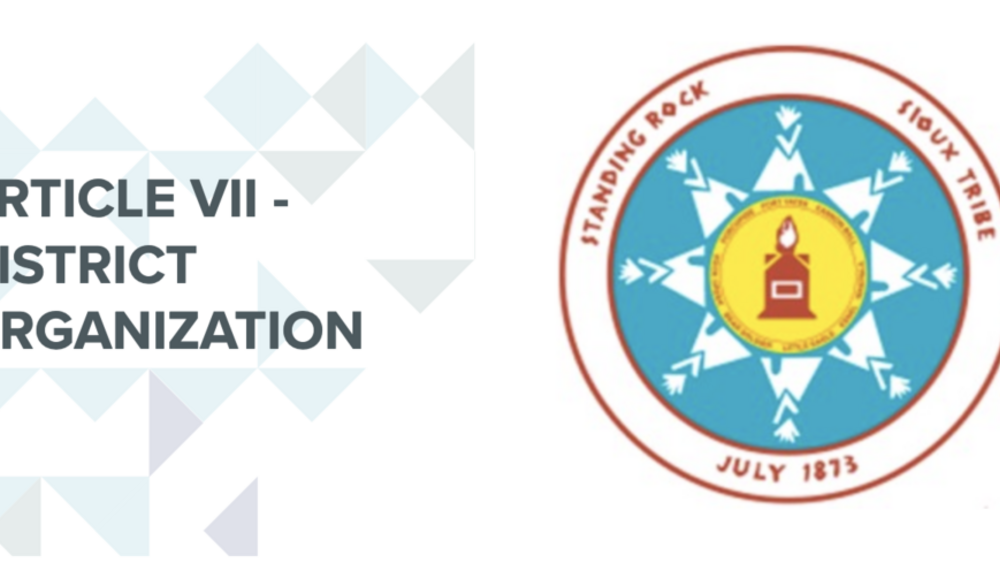
Standing Rock Sioux Tribe: Distribution of Authority Excerpt
ARTICLE VII - DISTRICT ORGANIZATION Each district recognized under Article III, Section 2, hereof, may organize local District Councils and elect District officers to consult, make recommendations and advise the Tribal Council, the Superintendent of the Reservation or officer in charge, and the…
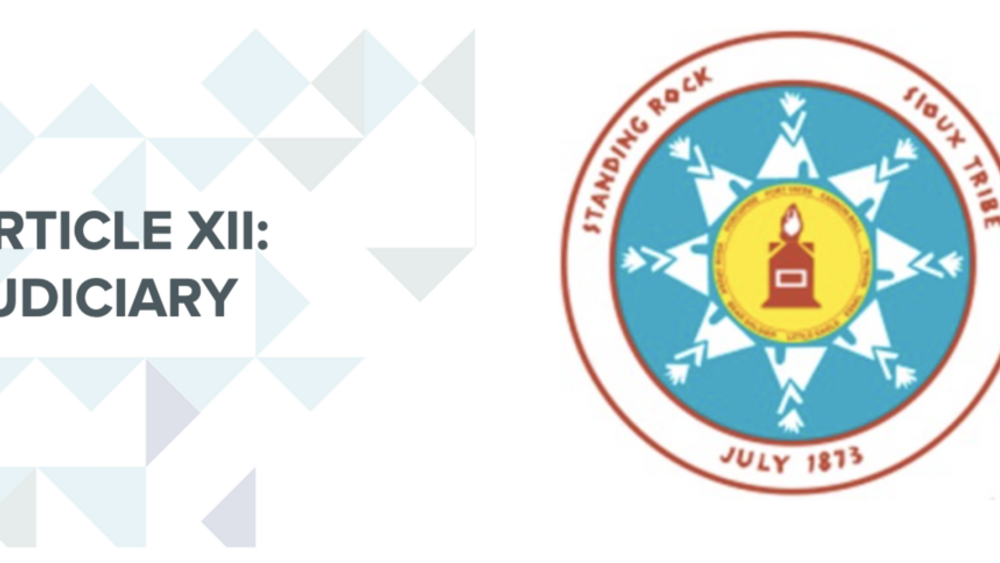
Standing Rock Sioux Tribe: Judiciary Functions/Dispute Resolution Excerpt
ARTICLE XII: JUDICIARY The judicial power of the Tribe shall be vested in one Supreme Court and one Tribal Court. The Judges of both the Supreme Court and the Tribal Court shall initially be appointed by a two-thirds majority vote of the Tribal Council to serve an initial term of…
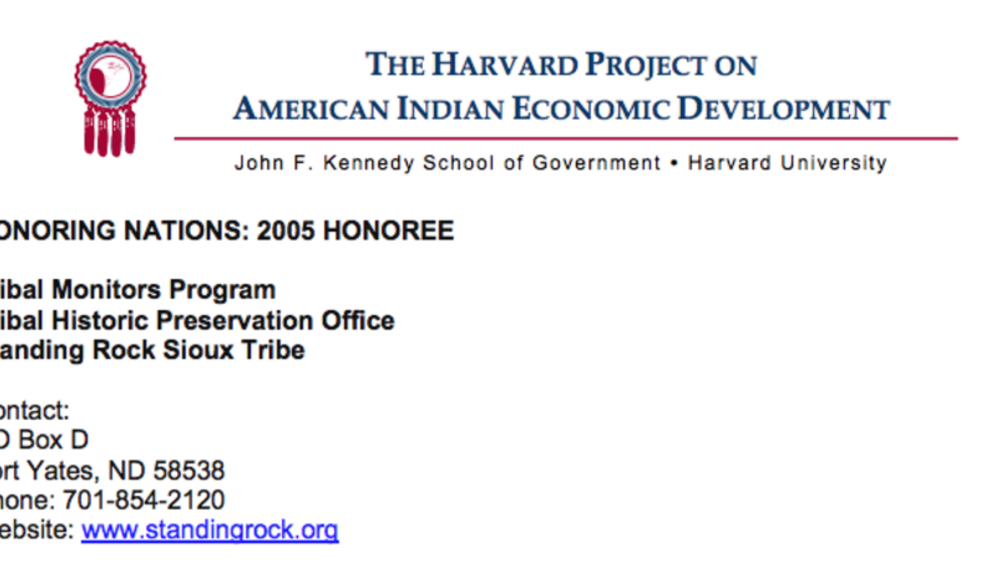
Standing Rock Sioux Tribal Monitors Program
The Standing Rock Sioux Tribe is located on 2.3 million acres of land in the central regions of North and South Dakota. Land issues rose to the forefront of tribal concerns after events such as allotment, lands flooding after the Army Corps of Engineers built a series of dams adjacent to the Tribe…
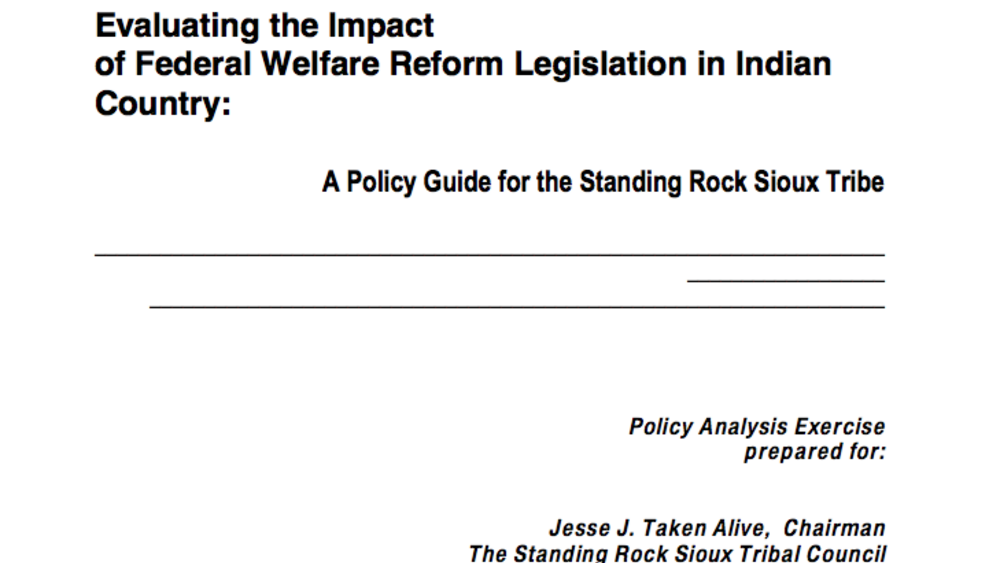
Evaluating the Impact of Federal Welfare Reform Legislation in Indian Country: A Policy for the Standing Rock Sioux Tribe
This report should serve as a policy guide to help clarify the complexities of the Personal Responsibility Act for tribal government officials, particularly those in Standing Rock. The guide seeks to: 1) describe and evaluate the Personal Responsibility Act and the provisions that impact Indian…
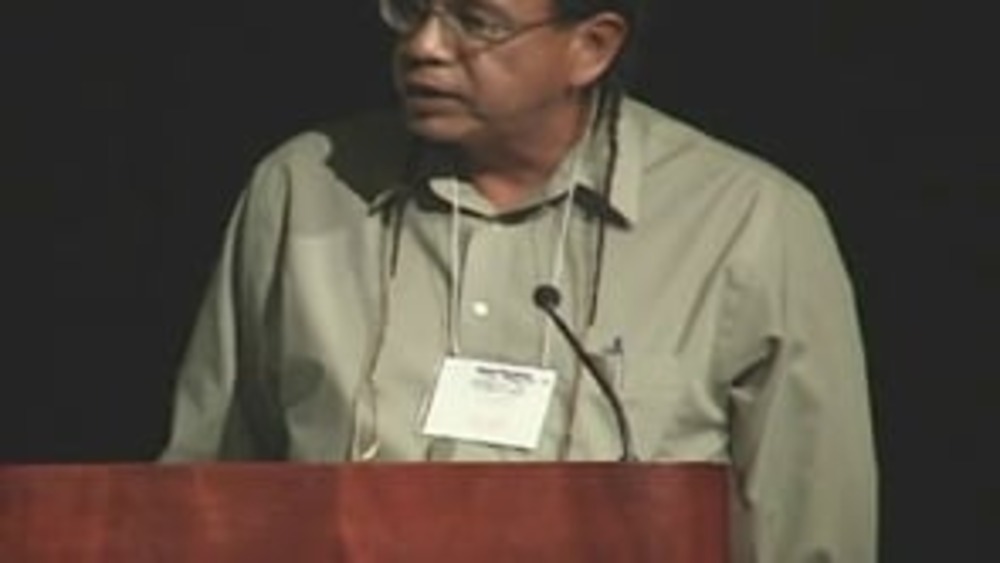
Honoring Nations: Tim Mentz and Loretta Stone: Standing Rock Sioux Tribal Monitors Program
Tim Mentz and Loretta Stone of the Standing Rock Sioux Tribal Monitors Program present an overview of the program's work to the Honoring Nations Board of Governors in conjunction with the 2005 Honoring Nations Awards.
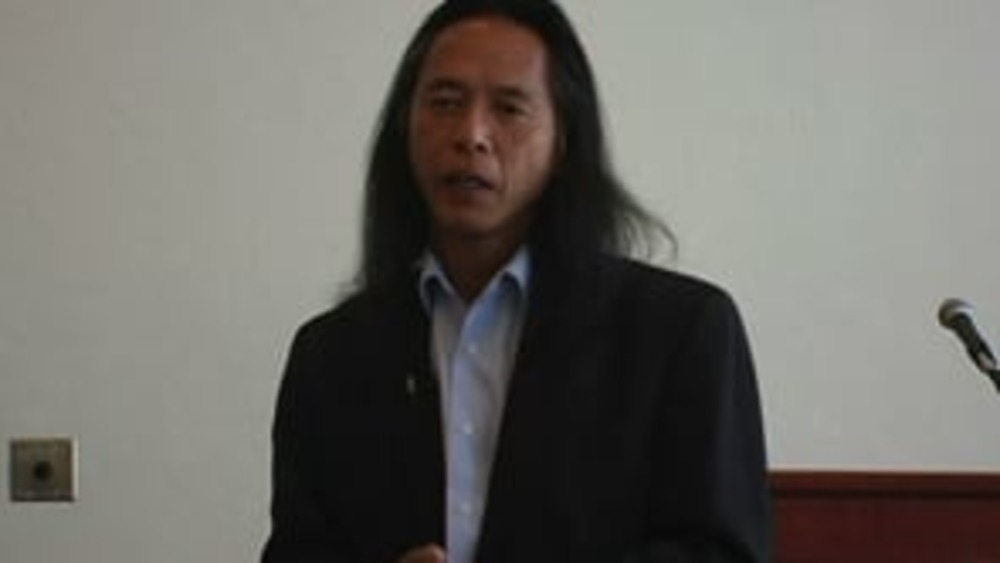
Ron His Horse Is Thunder: The Keys to Effective Governance and Economic Development: Predictability and Sustainability
Former Chairman of the Standing Rock Sioux Tribe Ron His Horse Is Thunder discusses why predictability and sustainability are so critical to effective Native nation governance and economic development.
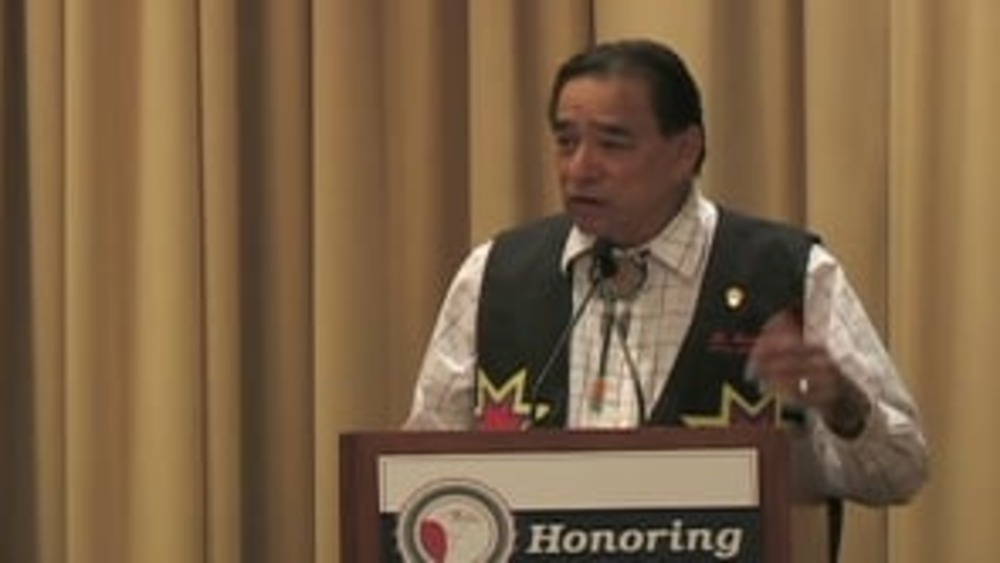
Honoring Nations: David Gipp: Sovereignty, Education and United Tribes Technical College
United Tribes Technical College President David Gipp discusses the impetus behind the establishment of United Tribes Technical College (UTTC) and the emergence of the tribal college movement, the growth of UTTC over the past four decades, and the critical roles tribal colleges and universities play…
Honoring Nations: David Gipp: Sovereignty Today
President David Gipp of United Tribes Technical College synthesizes the words of the "Sovereignty Today" presenters at the 2007 Honoring Nations symposium, and discusses the direct relationship between a Native nation's effective exercise of sovereignty and its distinct traditional cultural values…

Challenges and Solutions to Keeping the Lakota Language Alive
“There is more to an immersion school than simply bringing in elders and having them teach the children,” said Sunshine Carlow, education manager of Lakȟól'iyapi Wahóȟpi, the Lakota Nest Immersion School on the Standing Rock Reservation in South Dakota...
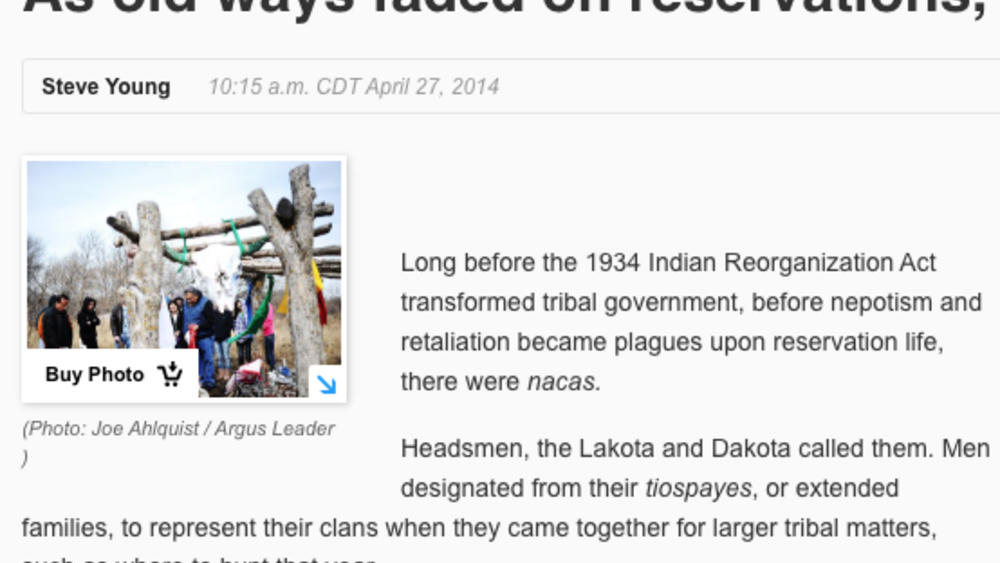
As old ways faded on reservations, tribal power shifted
Long before the 1934 Indian Reorganization Act transformed tribal government, before nepotism and retaliation became plagues upon reservation life, there were nacas. Headsmen, the Lakota and Dakota called them. Men designated from their tiospayes, or extended families, to represent their clans…
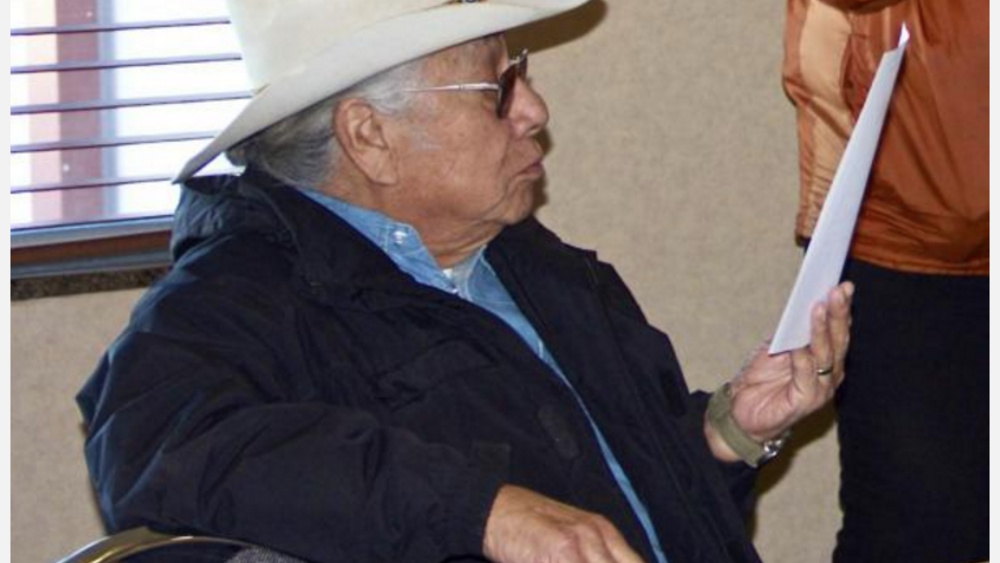
Elderly Protection Teams Work to Stop Abuse
While more than 30 tribal governments across the country have implemented elder abuse codes, some Indian communities and concerned citizens have taken a more proactive role to ensure these laws are enforced. The Standing Rock Sioux Tribal Council started the first Elderly Protection Team in Indian…
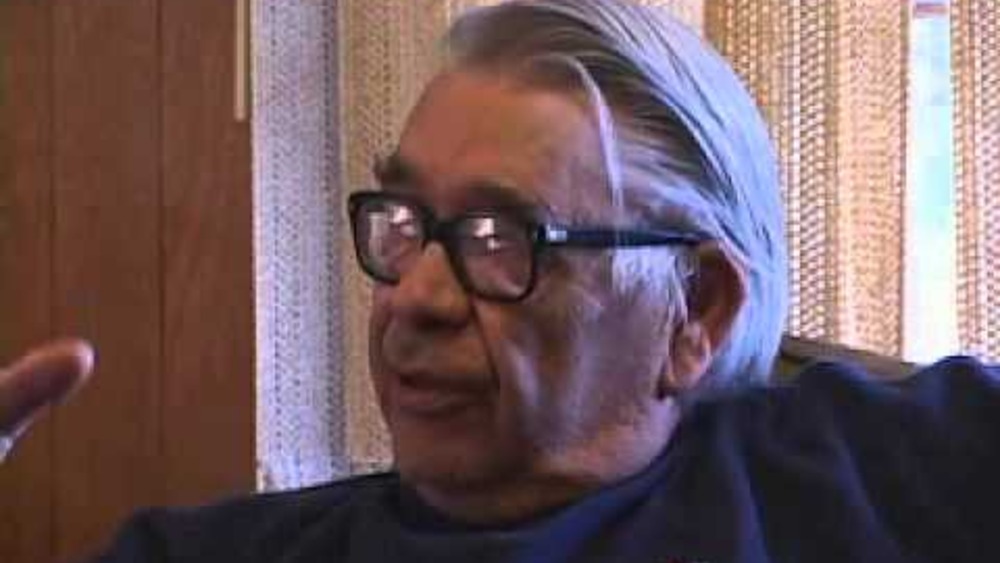
Vine Deloria's Last Video Interview
American Indian author, theologian, historian, and activist Vine Deloria, Jr. (1933-2005) talks with documentary film producer Grant Crowell about traditional Indigenous governance systems and criteria for citizenship, the impact of colonial policies on tribal citizenship (specifically the effects…
